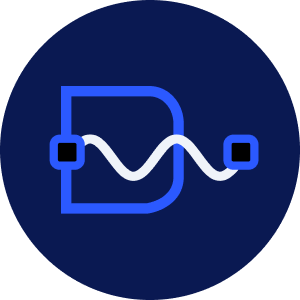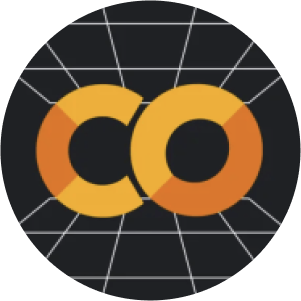ControlLoRA Unveiled: The Future of Lightweight Neural Networks
In a rapidly evolving landscape of artificial intelligence, the advent of ControlLoRA marks a significant stride towards achieving lightweight yet efficient neural networks. This cutting-edge technology not only drastically reduces model size but also maintains exceptional efficiency. By harnessing advanced techniques like depth estimation and edge detection, ControlLoRA empowers users with a multitude of creative and practical applications. In this article, we'll delve into the technical details, innovations, and real-world use cases of ControlLoRA while also highlighting its current limitations and promising future developments.
Technical Details
- Model Size Reduction The Control-LoRA models have considerably reduced sizes compared to the original ControlNet models, coming down to approximately 738MB and 377MB for the rank 256 and 128 files, respectively.
- Training The Control-LoRA models are fine-tuned using various innovative techniques and utilizing large datasets comprising diverse image concepts and aspect ratios.
- Integration The models have been incorporated into ComfyUI and StableSwarmUI, offering a seamless user experience.
- Framework and Storage The ControlLoRA network is compact, encompassing around 7M parameters and requiring about 25M of storage space.
- Innovations The recent version of ControlLoRA has further decreased in size, with around 5M parameters and nearly 20M storage space, enhancing its efficiency.
Techniques
- MiDaS and ClipDrop Depth Utilizing grayscale depth maps derived from depth estimation processes to guide the generation of images.
- Canny Edge Detection Highlighting the edges in an image by detecting sudden changes in intensity to foster image generation.
- Recolor and Sketch These aspects of Control-LoRAs are designed to colorize black-and-white photographs and white-on-black sketches, respectively.
- Revision This approach uses images to prompt SDXL, leveraging pooled CLIP embeddings to produce images that are conceptually akin to the input.
- Fine-Tuning Leveraging pre-trained models and enhancing them through fine-tuning processes, including the utilization of distinct block types and augmenting the number of layers in the configuration files.
Limitations
- Pre-trained Models Some pre-trained models available, like the one trained with 100 MPII pictures, offer suboptimal performance, encouraging users to train their own ControlLoRA.
- User Interface The user interface, especially for functionalities like pose skeleton manipulation, demands improvements for a more intuitive user experience.
- Configuration Adjustments To optimize the model effects, users may need to delve into configuration adjustments, which might be challenging for those unfamiliar with neural network architectures.
Use-cases
- Image Generation Utilizing grayscale depth maps and edge detection techniques to guide the generation of visually appealing images.
- Photo and Sketch Colorization Offering the ability to colorize black and white photographs and sketches effectively.
- Artistic Endeavors Artists can utilize this technology to blend multiple image or text concepts and create innovative artworks.
- Personalized Model Training Encouraging users to train their own ControlLoRA for more specialized and optimized outcomes.
Conclusion
ControlLoRA emerges as a pioneering solution, significantly reducing the size while retaining the efficiency of the ControlNet models. By leveraging advanced image processing techniques like depth estimation and canny edge detection, it facilitates the generation of high-quality images. Despite the few limitations it harbors, including the less intuitive UI and the necessity for personal training for optimal results, ControlLoRA stands as a promising tool with a spectrum of creative and practical applications.
Got questions? We’ve got answers!
What are the techniques utilized in ControlLoRA?
How can I train my own ControlLoRA?
What are the limitations of the pre-trained models available?
Are there any ongoing developments in ControlLoRA?



